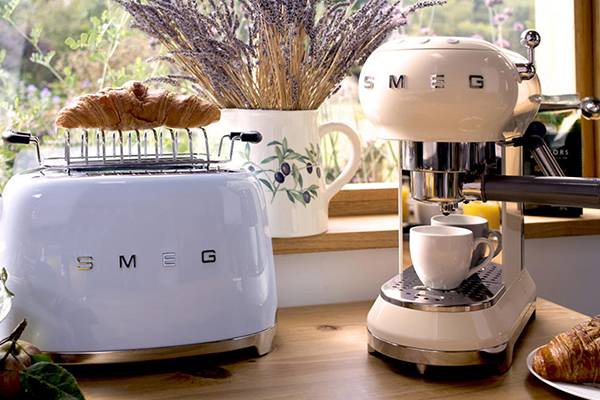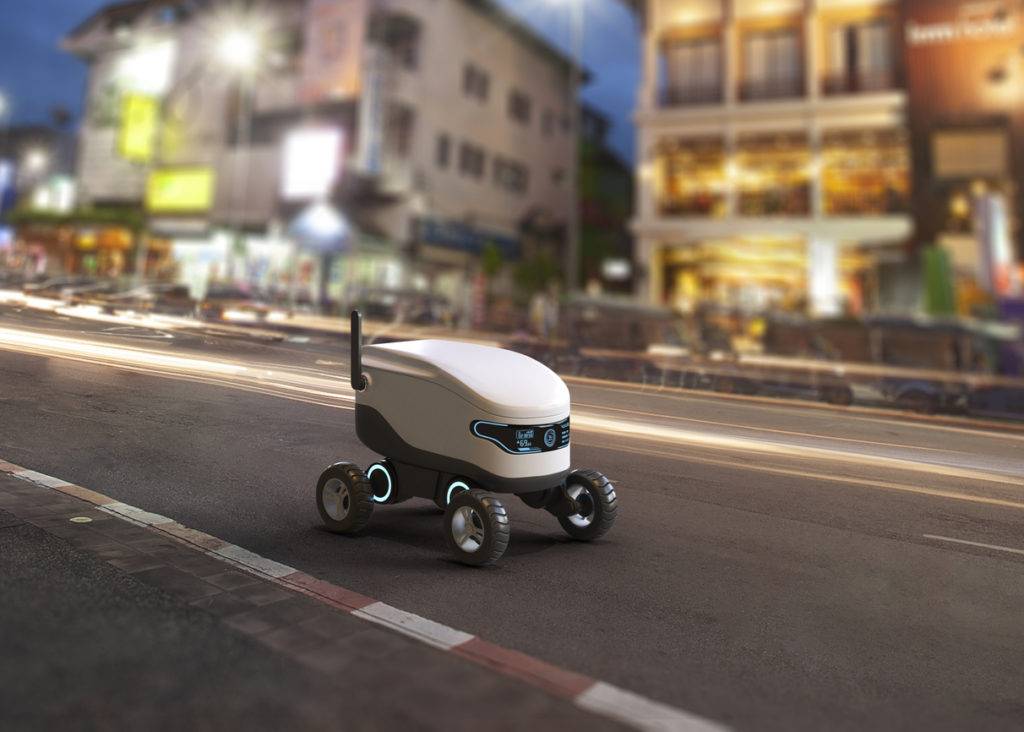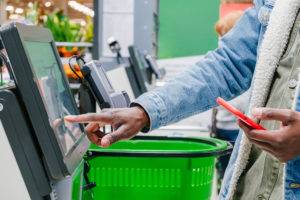
SMEG Customer Case Study
Download this data sheet to explore the features and benefits of Naveo Commerce for Enterprise Grocery.
Grocery delivery robots are not some far-flung idea! Their trials and deployment is well underway in European, British, and US markets.
In this thought-piece, we explain how they work and consider their impact for supermarket profit margins.
Grocery delivery robots are not a thing of the future! No, their 2022 deployment is underway in the United Kingdom as Co-op UK have rolled out trials in Northampton, Milton Keynes, and Cambridgeshire.
In this post, we will discuss the introduction of delivery robots and their potential impact on the grocery delivery industry. We will analyse delivery robot’s pros and cons, plus offer our prediction on supermarket revenue at a time when major grocery brands must be conscious of a cost-of-living crisis.
What are Grocery Delivery Robots?
Grocery delivery robots are small robotic machines that can carry packages of groceries using a refrigerated compartment and navigate their way from store to door via GPS technology. Starship Technologies, one of the leading providers of said robotics, have partnered with Co-op UK to roll out robotic delivery in a few towns across the United Kingdom.
Using the Starship mobile application, customers can order their groceries from a local store directly to their front door. Staff then pick and pack groceries to despatch, before sending the electric-powered robot on its way.

As mentioned, these robots are powered by electricity and are relatively small. This means that they can only travel a certain distance, depending on their state of charge and journey difficulty. To combat this, Starship Technologies have equipped its robots with increasingly smart artificial intelligence so that they can select the most efficient route.
For example, when the robot is despatched, it will select the quickest possible route to a drop-off location using its GPS navigation. Though, halfway to its destination there may be an issue. A pathway blocked off by roadworks would cause an obvious problem for an automated robot.
At first, the robot will try to complete the route. Upon realising there is an error in front of it, the robot will then utilise its internal camera to register the issue and feedback to the centralised database.
Afterwards, a new route is planned with GPS and the robot will continue in the next quickest way to the delivery location.
That being said, a customer cannot order product using the Starship app if they place an order outside of the robot’s delivery range. Additionally, if the grocery order is too large, then the robot cannot carry it.
This is where robotic delivery must be supplemented by humans with vehicles who can travel further and carry more.
Undoubtedly. With the sharp rise and subsequent decline of the quick commerce industry, many brand leaders such as Deliveroo, Getir, and Uber Eats have been looking for new and inventive ways to cut costs whilst staying competitive in the market.
Delivery robots could offer a solution for short-distance and low quantity orders. Not only does this save on labour hours, but could also give the remaining human staff the added benefit of travelling worthwhile journeys – meaning they get paid more and might be happy to remain with the company for a longer employment period.
DoorDash in the USA is one such quick commerce platform that utilises Starship’s delivery robots.
In this case, the robots are white-labelled under the DoorDash branding and a customer using the DoorDash mobile app would not necessarily know that a robot was going to deliver their goods until it arrives at their location.
However, as Europe has generally seen a lower take up of robotic delivery technology, it is slightly behind the curve. Since lockdown restrictions were lifted globally, quick commerce and grocery delivery has become a less-than-straightforward opportunity.
Furthermore, at the time of writing, the European market is seeing extreme levels of disruptions due to the ongoing war in Ukraine and continuing developments within the Brexit regulations.
It must be said that, generally, third party suppliers and quick commerce models suit wider retail delivery systems well. Especially fast-fashion or home-improvement suppliers, who do not own their own fleets of delivery vans & wagons. However, eGrocery provides a much more complex set of issues.
In grocery delivery, there are so many factors that must be considered in order to stay competitive. Namely, low profit margins and orders containing high basket counts.
As supermarket chains and grocery brands look to cut third-party expenses and save on revenue, the robot delivery system is likely to be employed directly from grocery supplier to robot supplier. Cutting out the middleman.
– Want to lower store costs and increase grocery store profit margins? Download our white paper on in-store picking
How Can Delivery Robots Improve Grocery Store Profit Margin?
Whether robotic grocery delivery will improve grocery store margin is an unknown entity at present. On the face of it, so long as the contract established between supermarket brand and robotics supplier is lower than the cost of delivery drivers – and subsequent rising fuel costs – then this could be one cost cutting benefit.
Additionally, a fleet of robot delivery units can be sent out at any time. This allows administrators to pull back on time-consuming shift planning and cuts costs further up the chain.
Finally, if fully integrated with an end-to-end grocery software platform, the robotic technology could be white-labelled under the supermarket branding. This would mean that shoppers no longer need multiple apps on their devices and can shop directly with the store.
Over time, reliable and speedy delivery is a huge factor for brand loyalty and will improve long-term brand revenue.
Want more? Read our blog to find out the latest news in grocery delivery and supermarket technology

Download this data sheet to explore the features and benefits of Naveo Commerce for Enterprise Grocery.

As Naveo Commerce plans its exciting launch of Scan & Go supermarket technology, we look at the key differences between this and self-checkout services already offered in most grocery stores.

After Brexit, the Climate Emergency will be top of the UK Government’s agenda. But, what can retailers do to make a difference – before it’s too late?